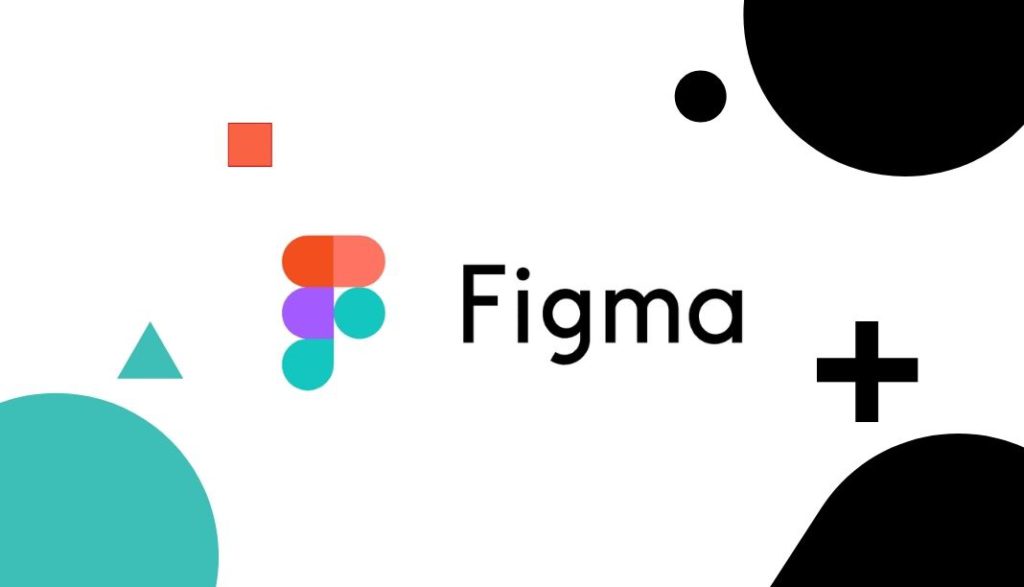
3 minute read
How to Use Figma for Web Design: A Comprehensive Guide 2024
Introduction
It's important to remain on top of trends in the realm of web design. Designers need the appropriate tools in their toolbox to produce websites that are both aesthetically pleasing and incredibly functional.
Figma, which provides a seamless environment for collaborative design and prototyping, has become one of the most popular options for web designers.
In this thorough tutorial, we'll show you how to utilize Figma for online design with a focus on the app's applicability to web design services.
What is Figma?
Figma is a cloud-based design and prototyping tool that has gained immense popularity among web designers for several reasons.
Its collaborative features, real-time editing capabilities, and cross-platform compatibility make it a preferred choice for both individual designers and design teams working on web projects.
Now, let's delve into how to effectively use Figma for your web design service.
1. Create a Figma Account
Making an account on Figma is the first step. Depending on your needs, you can create a free account or select one of several paid programs.
Once you've registered, you can use any internet-connected device to access Figma.
2. Start a New Project
After logging in, you can create a new project by clicking on the "New" button and selecting "New File."
Here, you can choose from various templates, including web design templates, to kickstart your project.
3. Designing in Figma
Figma's interface is user-friendly and resembles popular design software like Adobe XD or Sketch.
You can start designing your web pages by using a wide range of tools, including shapes, text, and vector graphics.
Figma also offers a robust set of design features, such as layers, grids, and alignment tools, to help you create pixel-perfect designs.
4. Collaboration and Sharing
One of Figma's standout features is its collaborative capabilities.
You can invite team members or clients to collaborate in real-time on your design projects.
This is especially useful for web design services, as it allows for seamless communication and feedback throughout the design process.
5. Prototyping
Figma enables you to create interactive prototypes to showcase the functionality and user experience of your web designs.
You can link different frames and add interactive elements like buttons and transitions to create a fully interactive prototype.
6. Developer Handoff
For web designers offering web design services, Figma simplifies the developer handoff process.
Designers can easily share design specs, assets, and code snippets with developers, ensuring that the web design is implemented accurately and efficiently.
7. Version Control
Figma keeps track of the version history of your designs, allowing you to revert to previous iterations if needed.
This feature is invaluable for maintaining a design history and addressing client feedback.
8. Plugins and Integrations
Figma offers a wide range of plugins and integrations that can enhance your workflow. From design assets libraries to user testing and usability plugins, Figma provides additional tools to make your web design service more efficient.


